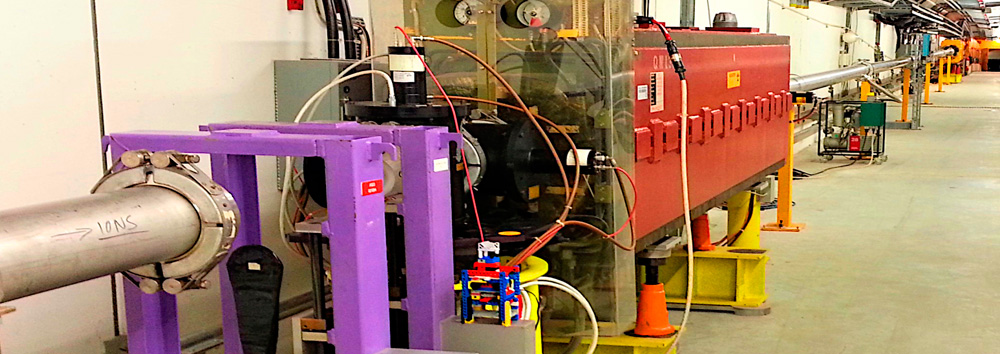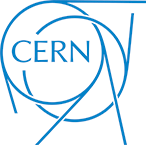CERN’s accelerator complex helps scientists probe the fundamental building blocks of the universe. But when one scientist needed to construct a radiation-hard apparatus to test novel sensors at CERN, he turned to the building blocks of his childhood: LEGO.
NA61/SHINE is a fixed-target experiment that uses particle beams from the Super Proton Synchrotron to study the properties of hadrons, which are composite particles made of quarks and gluons. In 2015, the NA61/SHINE team planned to build a new subsystem based on pixel sensors. These sensors are essentially modified smartphone cameras and serve as excellent hadron detectors. First, though, the scientists had to know if the sensors could withstand aggressive radioactive impacts caused by a beam of lead nuclei.
When an unforeseen issue with the NA61/SHINE magnets prevented regular data taking for a few weeks, the collaboration decided to use the available lead-ion beam to test the sensors. The sensor samples could be acquired at short notice, but a remote-controlled, movable table to hold them in the particle beam was needed. This table had to be lightweight and resistant to nuclear activation from the radiation. Building it at the mechanical workshop would have taken more time than was available for the tests.
About CERN
Founded in 1954, CERN is the European laboratory for particle physics. Sitting astride the Franco-Swiss border near Geneva, it was one of Europe’s first joint ventures and now has 22 member states. CERN operates a unique range of particle accelerators that enable research into the fundamental particles and laws of the Universe, including the Large Hadron Collider (LHC), the largest scientific instrument on Earth. The 60-year history of CERN is marked with impressive achievements in the construction and operation of powerful linear and circular accelerators. Moreover, CERN offers unique infrastructures for the development of the most sensitive particle detectors in the world, including the four main LHC detectors – ATLAS, CMS, ALICE and LHCb. General-purpose test beam lines provide beams of electrons, muons and hadrons in a very wide energy range for testing the detectors used in the LHC and in its major upgrade, the High-Luminosity LHC, as well as in future colliders and in neutrino experiments.



